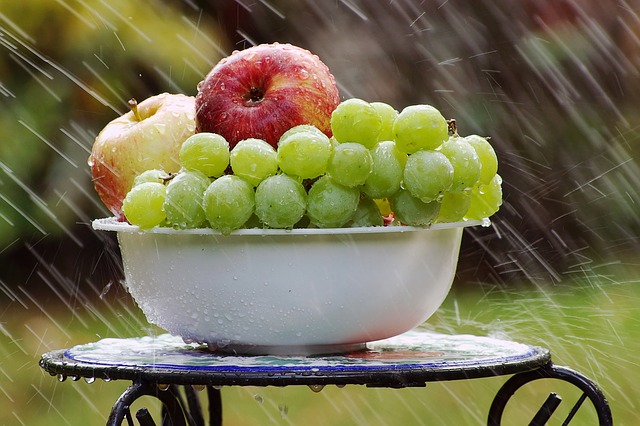黑白滤镜
黑白滤镜非常简单,顾名思义就是图像只有黑色与白色,这实际上就是图像的二值化。实现的原理也非常地简单,设定一个阈值,假设为128,判断每个像素点的灰度值,大于128设为255(对应白色),小于则设为0(对应黑色)。

代码实现
1
2
3
4
5
6
7
8
9
10
11
12
13
14
15
16
17
18
19
20
21
22
23
24
25
26
27
28
29
30
|
// black and white filter
//@mango
#include<iostream>
#include<opencv2/opencv.hpp>
int main()
{
// 以灰度图的方式读取图像
cv::Mat img = cv::imread("fruit.jpg", 0);
for (size_t i = 0; i < img.rows; i++)
{
for (size_t j = 0; j < img.cols; j++)
{
if (img.at<uchar>(i, j) > 128)
{
img.at<uchar>(i, j) = 255;
}
else
{
img.at<uchar>(i, j) = 0;
}
}
}
cv::imshow("黑白滤镜", img);
cv::waitKey(0);
return 0;
}
|

opencv函数实现
上述代码把简单的二值化原理实现了一边,opencv中已经有函数实现了这个功能。该函数的原型为:
1
2
3
4
5
6
|
double cv::threshold ( InputArray src, //输入图像
OutputArray dst, //输出图像,即阈值操作处理后的图像,为只有黑白的二值图
double thresh, //阈值,阈值操作的判断条件
double maxval, //最大值,设定输出图像灰度的最大值
int type //阈值操作的方式类型
)
|
所以,二值化实现黑白滤镜的代码可以修改为
1
2
3
4
5
6
7
8
9
10
11
12
13
14
15
16
17
18
19
|
// black and white filter
//@mango
#include<iostream>
#include<opencv2/opencv.hpp>
int main()
{
// 以灰度图的方式读取图像
cv::Mat img = cv::imread("fruit.jpg", 0);
cv::Mat black_and_white;
// 调用opencv函数
cv::threshold(img, black_and_white, 128, 255);
cv::imshow("黑白滤镜", black_and_white);
cv::waitKey(0);
return 0;
}
|
本文由芒果浩明发布,转载请注明来源。
本文链接:https://blog.mangoeffect.net/opencv/create-black-and-white-filter-by-binarization.html



